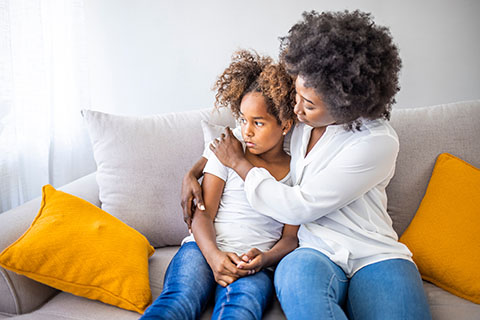Recognizing Signs of Anxiety in Children: A Short Guide for Parents

The First Step is Recognition
Anxiety can be tough for anyone, and it can be especially scary for parents when their child experiences these difficult feelings. However, with the support of family, a trusted support system, and professional help if needed, anxiety can become something your child learns to manage.
The first step in addressing anxiety is recognizing its presence. Families often notice early signs and play a crucial role in a child’s mental health and development. Spotting these signs early can make a significant difference in your child’s well-being.
How Do I Know If My Child Is Experiencing Anxiety?
While anxiety manifests differently in everyone, here are some key early signs to watch for:
- Discomfort: Many children feel uneasy in new environments, which is normal. However, if your child consistently complains of feeling scared, uncomfortable, or shows physical signs such as shortness of breath or stomachaches, it may be time to take note and consider seeking assistance.
- Avoidance: Avoidance in children is often normal and nothing to worry about. However, if your child frequently tries to leave or avoid certain situations or places, this may indicate the presence of anxiety.
- Withdrawal from Social Connections: You may notice that your child is no longer engaging with friends or activities they once enjoyed. This may be a sign that they are feeling anxious in social settings.
- Irritability: While it is also common for children to feel irritable, persistent irritability may mask underlying feelings. Pay attention to situations where irritability occurs, as they may correlate with avoidance behaviors and indicate a presence of anxiety.
While this is not an exhaustive list, recognizing these signs is crucial. Each child’s experience with anxiety is unique, and early recognition is key to providing the support they need.
If you notice these signs, consider having open conversations with your child about their feelings. Encouraging dialogue can help them express themselves and seek the help they might need. Remember, you’re not alone in this journey—support is available.



